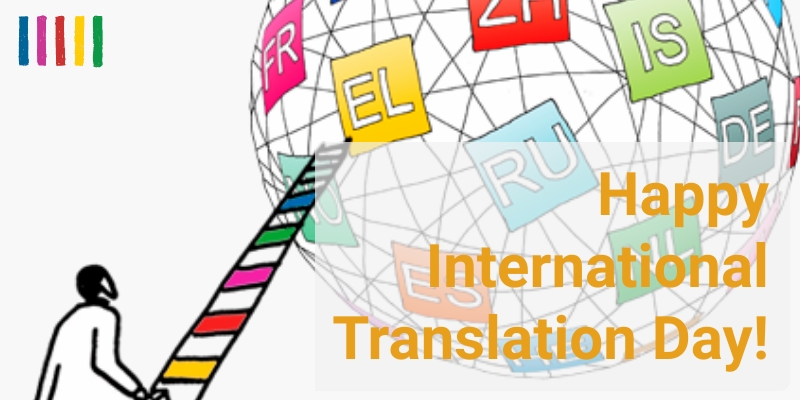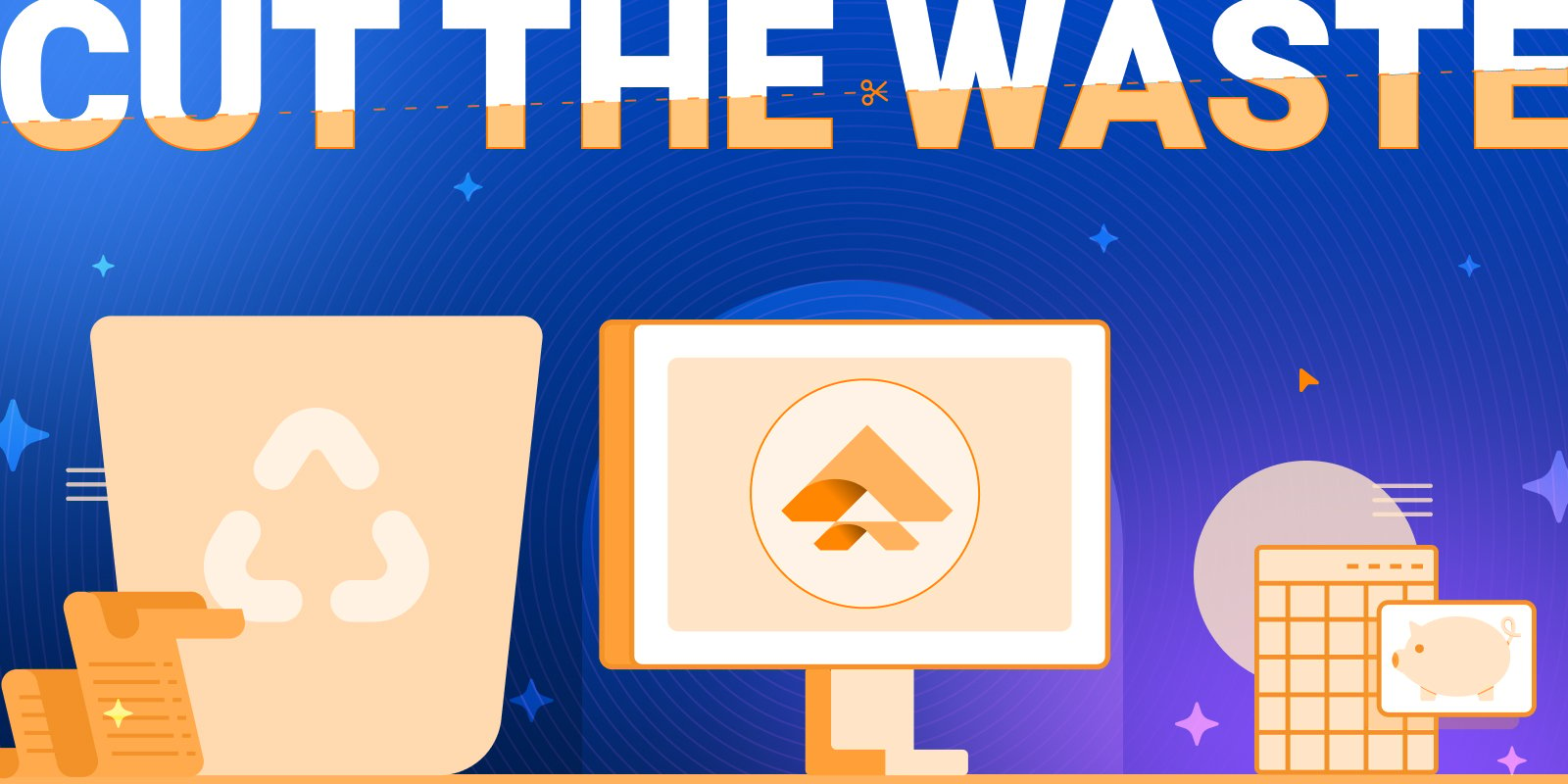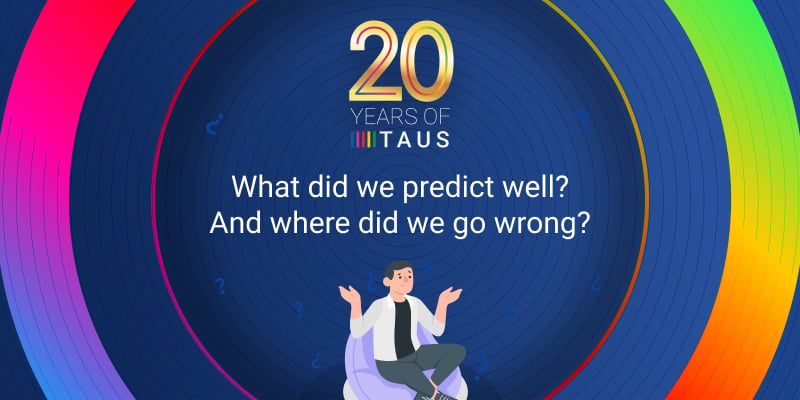Celebrating Linguistic Diversity and the Year of Indigenous Languages

It's International Translation Day and 2019 is the Year of Indigenous Languages. As we celebrate this important theme, we remind language professionals how they're marking history's ledger a specific community's tradition, culture and identity with their translations.
30 September is being celebrated every year as International Translation Day since 24 May 2017 when the UN General Assembly adopted resolution 71/288 on the role of language professionals in connecting nations and fostering understanding and peace.
In honor of International Translation Day, a unifying theme is chosen by FIT (Fédération Internationale des Traducteurs) each year. In accordance with 2019, the UN International Year of Indigenous Languages, this year’s theme is Translation and Indigenous Languages.
The spread of languages is a unique tool in tracing human history. The Phoenicians brought the alphabet to the Greeks and literacy to Europeans via the ancient Mediterranean trade roads. English, now the mother tongue and second language of hundreds of millions of people across the globe, was once a small language spoken in southern Britain. While some languages thrive and spread globally, on the other hand, the entire fate of many languages lies with their last speakers.
Some experts predict that half of the 6,700 languages in existence in the world today will lose all fluent speakers before the end of this century. Scattered over seven continents, indigenous peoples form less than 6 percent of the total world population while speaking 70 percent of the languages. More than 2,000 indigenous languages are critically endangered with less than 1,000 speakers remaining. UNESCO estimates that a language is lost every two weeks somewhere in the world.
Eradication of a language is the greatest threat to the existence of a people. Therefore, this global scale celebration of indigenous languages should not upstage the difficulties indigenous peoples face to preserve their cultural heritage through their languages.
How can Translators Contribute to the Survival of Indigenous Languages?
Indigenous Languages Embody World’s Cultural Diversity
Indigenous languages provide intergenerational transfer of intangible cultural heritage and knowledge that will assist us in facing future global challenges. The knowledge economy defined as an economy in which growth is dependent on the quantity, quality, and accessibility of the information available, rather than the means of production, is certainly related to the complex systems of culture and insight accumulated through indigenous languages over the centuries. Therefore, diversity in all contexts supports economic and all other kinds of growth. The disappearance of indigenous languages would deprive humanity of their rich diversity as well as the sociocultural contributions they make to society.
I am one of those last speakers. As a trained linguist myself, I feel the burden of transferring the knowledge and culture of my ethnic identity to the generations after me - more heavily maybe than the other last speakers of Zazaki (classified as a Northwest Iranic language of the Indo-European language family spoken in the east of modern Turkey). This language is not well-known to outsiders and has become increasingly vulnerable over the years. Along with the eradication of Zazaki and other indigenous languages, we will not only lose words but the unique cultural perspectives and narratives that were carried down through oral transfer by our grandmothers and grandfathers.
In order to celebrate the Year of Indigenous Languages, translators of the world should remember once again how vital their roles are and be aware that with every word a translator translates or an interpreter utters, with every expression a terminologist defines, they are marking in history’s ledger a specific community’s tradition, culture, and identity. With this in mind, we at TAUS wish you a Happy International Translation Day!

Şölen is the Head of Digital Marketing at TAUS where she leads digital growth strategies with a focus on generating compelling results via search engine optimization, effective inbound content and social media with over seven years of experience in related fields. She holds BAs in Translation Studies and Brand Communication from Istanbul University in addition to an MA in European Studies: Identity and Integration from the University of Amsterdam. After gaining experience as a transcreator for marketing content, she worked in business development for a mobile app and content marketing before joining TAUS in 2017. She believes in keeping up with modern digital trends and the power of engaging content. She also writes regularly for the TAUS Blog/Reports and manages several social media accounts she created on topics of personal interest with over 100K followers.
 by Dace Dzeguze
by Dace Dzeguze


